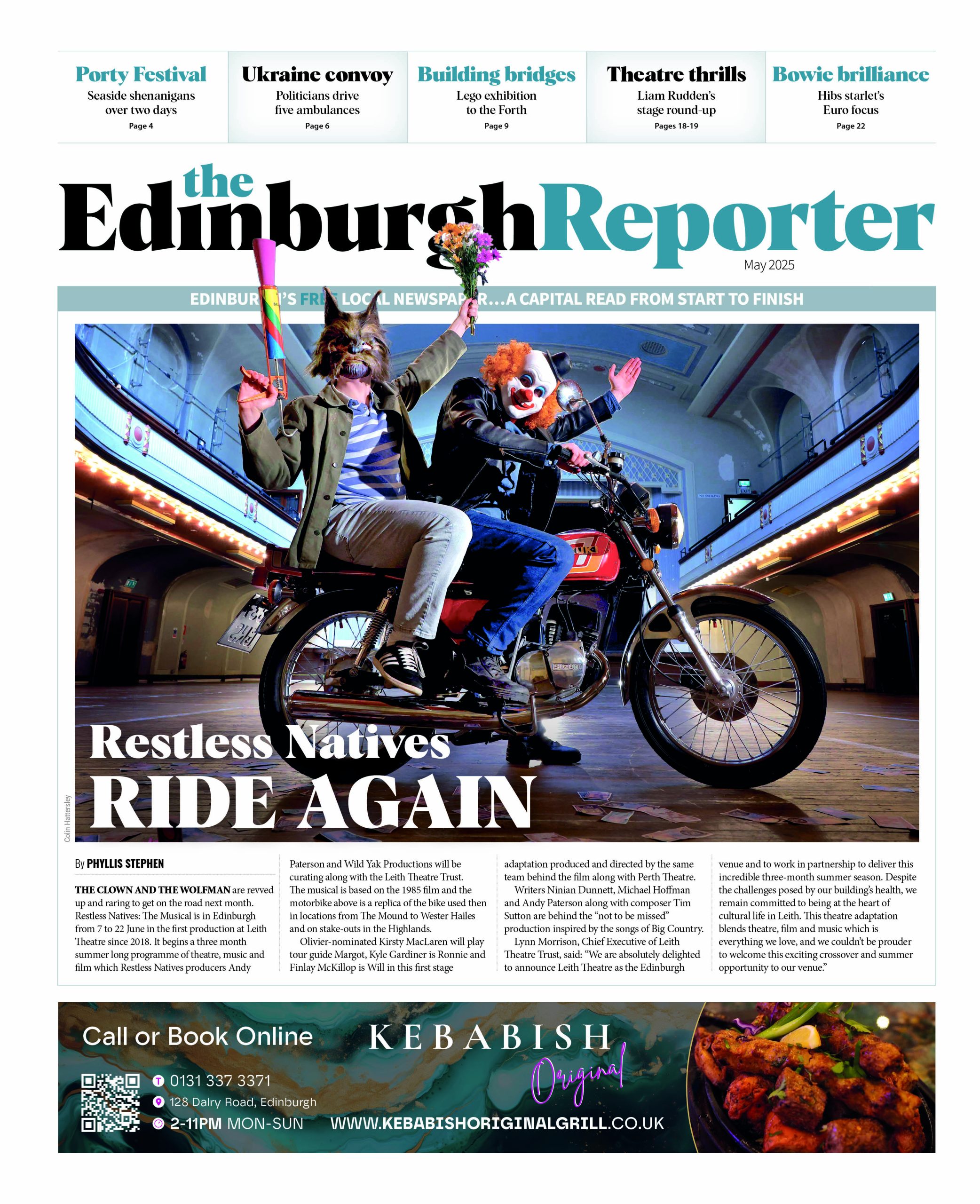Oasis- Standing On The Shoulder of Giants
While some might suggest the ‘classic’ period of Oasis was over by the late 90s when this album was recorded, time has been kind to Standing On The Shoulder of Giants with a new Oasis fan base absorbing the band free from the tabloid fuss of the era. Original drummer Tony McCarroll suggested “change the drummer and change the band.” The original five-piece were dismantled when McCarroll vacated the drum stool exactly 30 years ago in April 1995. They became a more professional outfit with Alan White behind the kit but many of us missed McCarroll’s punky edge that was slightly behind the beat. What’s The Story (Morning Glory) became one of the biggest-selling albums of all time cementing the band’s place in history. Their third album Be Here Now didn’t rise to the occasion for many Oasis supporters and with the departure of two more original members, Paul ‘Bonehead’ Arthurs and Paul ‘Guigsy’ McGuigan the band were about to go through another fundamental shift.
Standing On The Shoulder of Giants made way for a third version of the band where Andy Bell and Gem Archer would take on guitar and bass duties. For the recording with the rest of the band not yet in place, Noel Gallagher handles guitars, bass and keyboards. Standing On The Shoulder of Giants is something of a transitional record. The first single Go Let It Out helped set the tone for a new era going straight in at Number 1 in the UK charts. While Oasis were often cited as sounding like The Beatles it’s less obvious on those early records which owe more to the spirit of the 1970s from Bowie and T-Rex to punk. A shift takes place where they begin to borrow from Lennon and McCartney’s bag of tricks but amplify it in the case of Go Let It Out and follow up single Who Feels Love. The latter was the band at their most psychedelic with a memorable bass hook.

The album’s highlight remains Gas Panic, a stone-cold classic from the first listen dealing with Noel Gallagher’s comedown from drugs. It featured the memorable opening line; “What tongueless ghost of sin crept through my curtains?” This was also the sound of Oasis decamping from the summit. Their fourth long-player is a much heavier album in sound and theme, Where Did It All Go Wrong and Sunday Morning Call was the sound of the comedown and dream bursting. The bolshy Noel Gallagher from the Be Here Now period was now a distant memory. He had written a fine collection of songs but as usual, some of them were demoted to b-sides rather than being included on the album. Liam Gallagher’s first attempt at songwriting Little James brought another colour to record and soon Gem Archer and Andy Bell were also writing for the band but with mixed results.
Full On was a classic slice of rock n’ roll Oasis, the band that were a force of nature at their most defiant had delivered yet another killer chorus but the track was left off the album in favour of the forgettable I Can See A Liar. Paul Weller, perhaps the only person on the planet who didn’t want to see Oasis get back together, even covered the Who Feels Love b-side One Way Road. The embarrassment of riches on their b-sides also included the forgotten gem in Carry Us All. We can only hope a collated collection of b-sides from 2000 onwards is in the band’s plans. Standing On The Shoulder of Giants closes with the epic Roll It Over. It was clear in 2000 that Oasis still had no shortage of anthemic power which Liam Gallagher used to his advantage when resurrecting this song for his return to Knebworth in the summer of 2022.
Oasis: Roll With It 1994-2002-Tom Sheehan
The news that the band were reforming for dates this year including Scottish Gas Murrayfield has encouraged a flurry of Oasis activity. A new book by music photographer Tom Sheehan: Oasis Roll With It 1994-2002 captures the band at various stages. One intriguing image includes an early shot of Noel pre-fame with future Oasis band member Andy Bell in 1994.
The early pictures of the original five-piece in New York celebrate the last gang in town Oasis, the energy of these five Irish Mancunian council estate lads is bursting off the page. We see them on a pilgrimage to Strawberry Fields in Central Park, the area dedicated to John Lennon, in July 1994. There’s a sense of capturing them both as Beatles fans and developing as a band finding their image that would soon define 1994. Sheehan shares his stories of how the pictures came together including a memorable shoot featuring the original band in South Wales referencing The Beatles Help album.
Guigs managed to overcome a fear of heights which helped in delivering an iconic shot on the roof of Rockfield Studios. There are images of the band that are immediately recognisable from the mid-90s when Noel Gallagher appeared on the cover of Melody Maker in a fluffy parka while the band were touring in Philadelphia or the pre-stage afternoon shots at Knebworth. The 2000 and beyond period features Andy Bell and Gem Archer, two of the most likely candidates to be in the forthcoming lineup for the 2025 tour.
Sheehan captures pictures that are slick and professional studio shots designed to promote albums and tours but it’s those chaotic early shots that sum up the hopeful spirit of the time and a changing of the guard where anything seemed possible.










